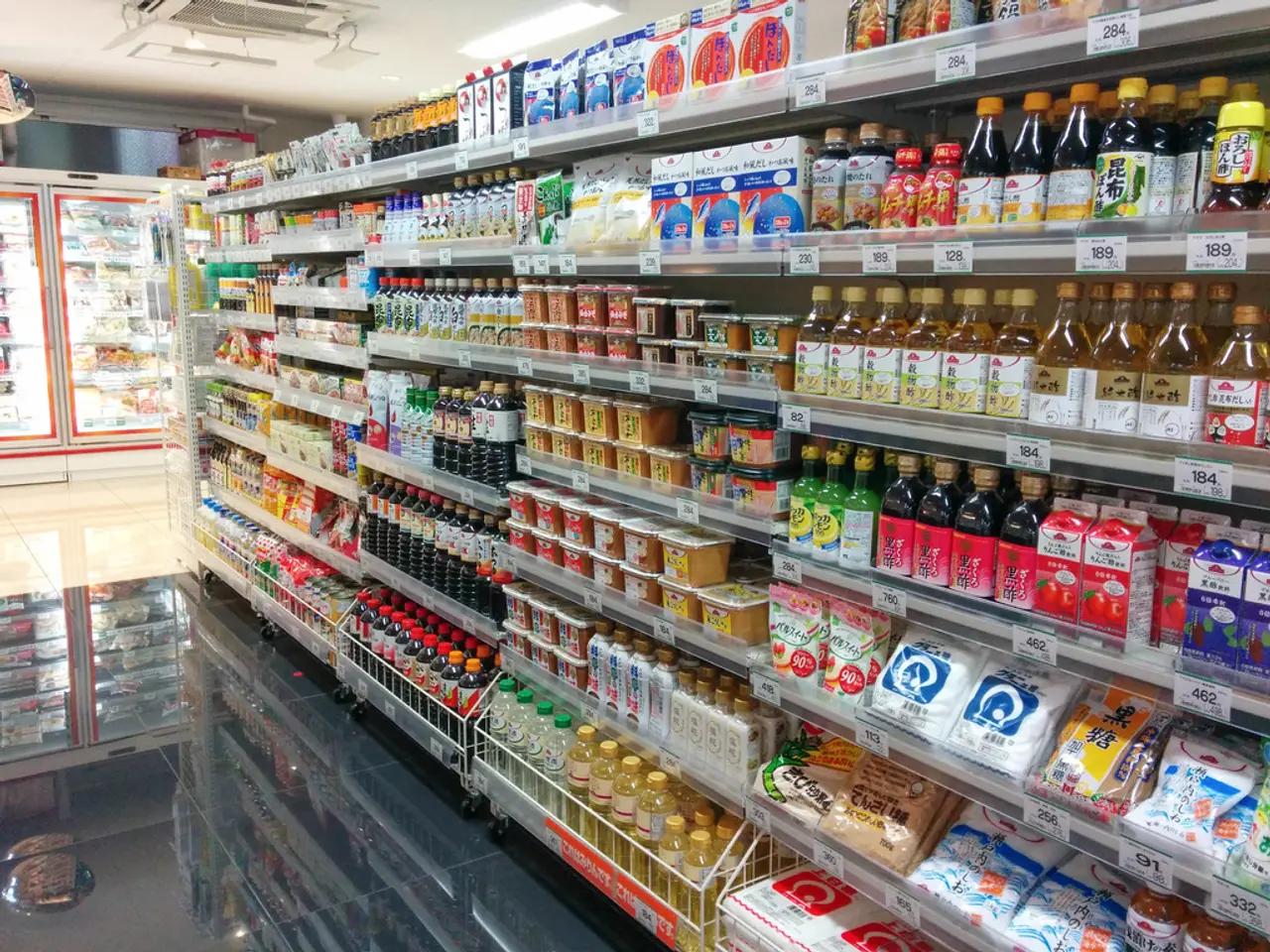Trade measures instituted by Trump prompt little reaction
The U.S. Treasury is benefiting from an increase in customs revenue, a sign of more money flowing into the country's coffers. However, this boost in cash flow could have far-reaching consequences for the economy, according to economists.
President Trump's global tariffs are projected to increase U.S. consumer prices by approximately 1.8% in the short run, translating to a potential $2,100 loss per household in 2025 dollars. The impact is expected to be particularly severe on low-income Americans, due to the relative scale of price increases on essential goods.
These tariffs, coupled with retaliatory measures from other countries, are also expected to reduce U.S. real GDP growth by 0.5 percentage points in 2025 and 2026, raise unemployment by up to 0.7 percentage points, and lower payroll employment by about 505,000 jobs by the end of 2025.
Public opinion reflects these economic impacts. A majority of Americans (55%) expect the tariffs to have mostly negative effects on the country and their personal finances in the coming years, with low-income and Democratic-leaning groups particularly pessimistic. Republicans tend to have mixed views, with half anticipating benefits from the tariffs.
Major corporations like Procter & Gamble, Coca-Cola, and McDonald's are adjusting to these cost pressures by managing supply chains, absorbing some tariff costs where possible, and implementing operational efficiencies to offset some cost increases. However, these measures may ultimately lead to incremental price increases on consumer products, adding to the inflationary impact on vulnerable consumers.
The tariffs have pushed the effective US tariff rate to its highest level since World War II. The increase in customs revenue occurred before tariffs became fully effective, and the prospect of more increases remains. HSBC has stated that tariff uncertainty hasn't gone away.
Moreover, Trump has threatened levies on pharmaceutical products that could eventually reach 250%, and he has threatened to impose 100% tariffs on imported semiconductors.
In summary, Trump's tariffs are expected to raise consumer prices and reduce economic growth, hitting low-income Americans particularly hard, while large corporations adjust through supply chain shifts and price increases — ultimately passing some tariff costs to the consumer. The uncertainty surrounding these measures continues to loom large.
The unexpected consequences of President Trump's tariffs could impact various sectors of the economy, including finance and business, as they may lead to increased consumer prices and reduced economic growth. These fiscal decisions also pose challenges in the political arena, with general-news outlets reporting widespread concerns about the tariffs' potential negative effects on the country's economic stability and the well-being of its citizens.




